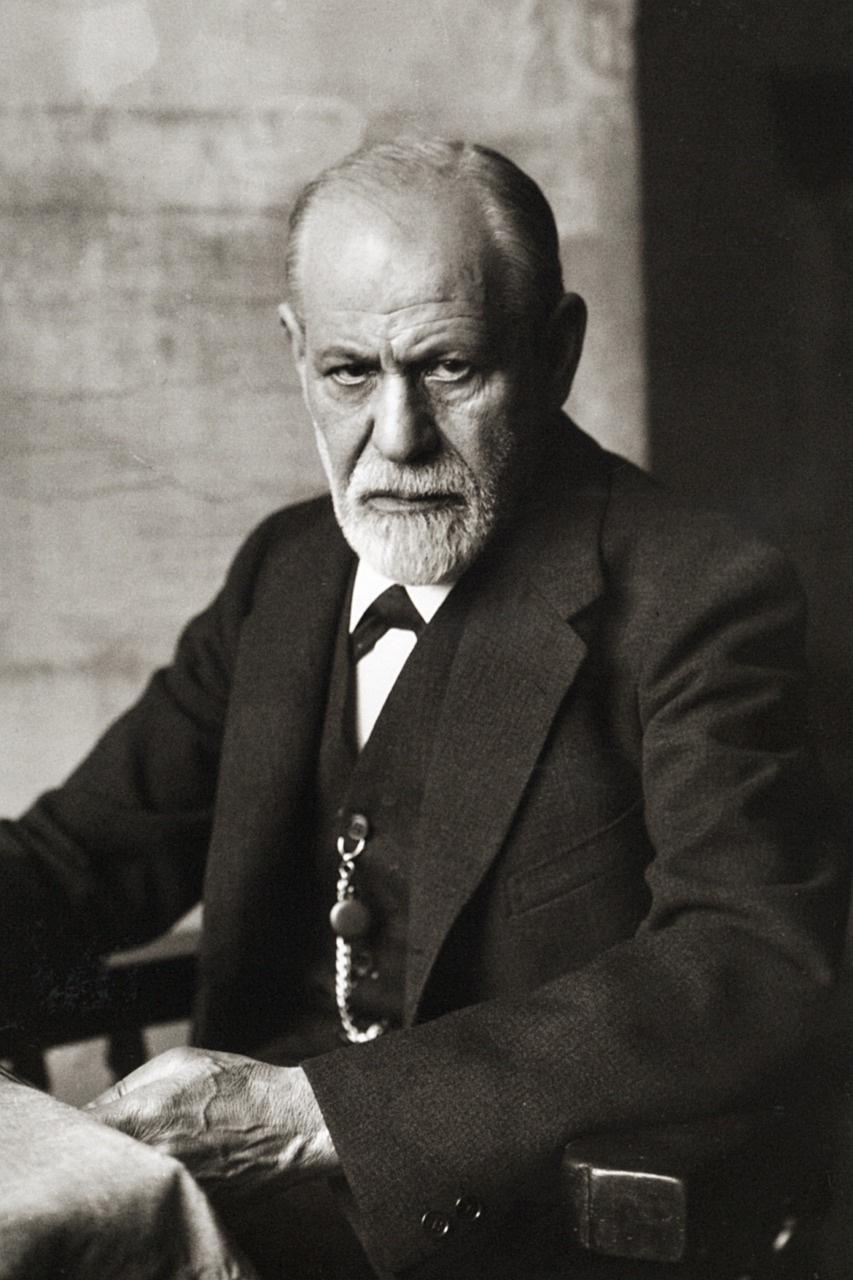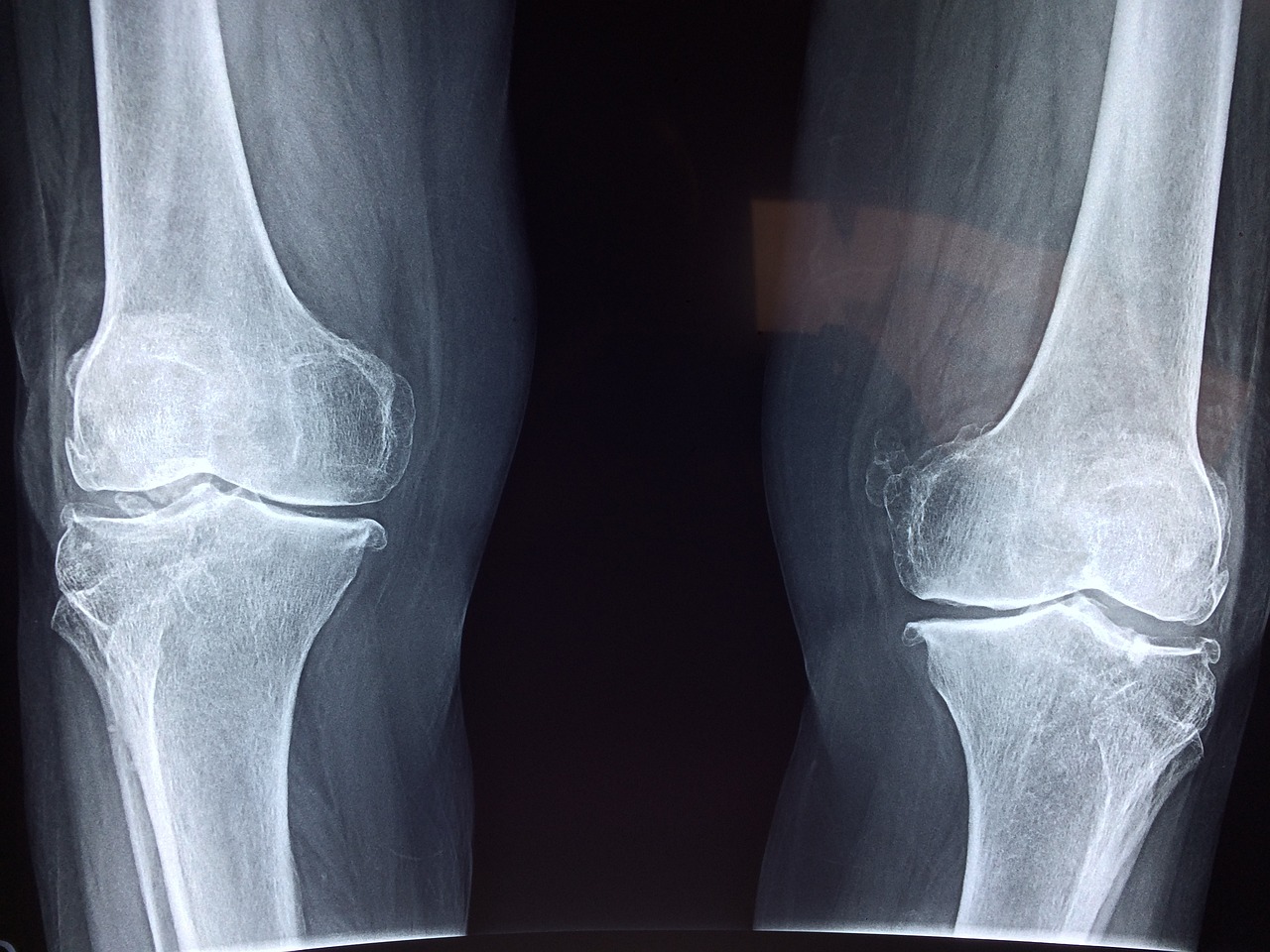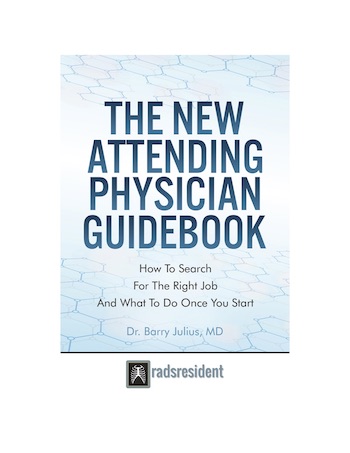
As an associate program director, I work with all the residents and faculty. But, one role, in particular, plays an even more significant role in the quality of the residency than the others. Which one would that be? (Hint: Well, if you have not guessed it by now, you may want to look at the title again! The Chair)
OK. So, the chair is critical to running a great residency. But what is it about a chairperson that makes the role so important? Well, the importance of the position is what we will run through over the following, oh, say, 8oo or so words!
Backbone When The Going Gets Tough
Everyone, once in a while, events conspire to mangle a residency program. Perhaps, a resident decides to leave for another career, and the hospital wants to take away the residency slot forever. Or, the emergency department determines they no longer want residents to give the final dictations at nighttime. In any of these cases, you need a firm chair to prevent these issues from negatively affecting the residency program. Sometimes you need a leader to fight for your department!
Allocation of Resources To The Residency Program
What would happen if you had a chair that decided to commit more resources to non-residency-associated imaging centers at the expense of a hospital-based residency program? Chaos, of course! You may not have enough physical bodies to teach the residents. Or, the chairperson decides to stop giving the program directors administration time to run the residency program. Either way, the chair controls many of these outcomes. And, if she decides to allocate the resources to the outside facilities instead, the residency loses out.
Carrot And The Stick
In any practice, some physicians have more or less interest in teaching. But, what happens if some of the attendings decide that they no longer want to give conferences? Well, the chair has the practice’s long arm to ensure that does not happen. The chairperson can either decide to provide money or non-monetary incentives to make sure that the faculty performs. Or, she can remove incentives from staff members who do not participate. Either way, the chair’s ability to utilize her power directly affects the program’s quality.
Sets The Tone Of The Department
Let’s say your chair runs the department as a dictator. Or, he is always just trying to appease friends instead of doing what is best. What happens to the residency in these cases? In the first case, the residency program runs on fear and misery. And in the second case, nothing ever gets accomplished. Bottom line: the chair sets the quality of interactions in the department and the residency.
Liaison Between The Hospital And The Program Director
Some departments have a chair who does not communicate the critical issues of the institution to the residency. What occurs in these situations? First, residents may lose out on remaining compliant with national requirements such as hospital ACLS training. Or the radiology program may not fulfill its obligations to stay accredited. Poor communication between the hospital, chair, and the program director can become a nidus for a residency to implode!
The Ceremonial Function
Sometimes, a chair may decide not to attend essential residency functions. The chairperson may not participate in the residency graduation or the annual hospital ball. What does this say about the department? Do you think the hospital will look fondly upon the residency program when its leader is remiss? Probably not. In this case, the chairperson and department will be much less likely to receive the resources they need from the hospital. It’s a “give and take” relationship. So, the chair must step up and set an excellent example for the residency and hospital.
Residency Advisor
We, as program directors, often need to get a feel for how the faculty will respond to a change before implementation. And residencies constantly need to institute new requirements. But will the faculty buy-in so we can implement the new development? A strong chairperson who knows his department well can ensure you can fulfill your change. Moreover, she can guide what works and what doesn’t. Without serving this role as a residency advisor, a program director will encounter many more pitfalls during his tenure!
The Chair As Leader
In any medical department, a chairperson plays a critical role in running the specialty service and ensuring the residency moves along smoothly. So, when you decide to look into a residency department, observe the chair. Does he participate in the interview process? Can you get a feel for how he behaves toward the department? All these factors will affect you long after the interview day. A chair reflects the face and culture of the department!













